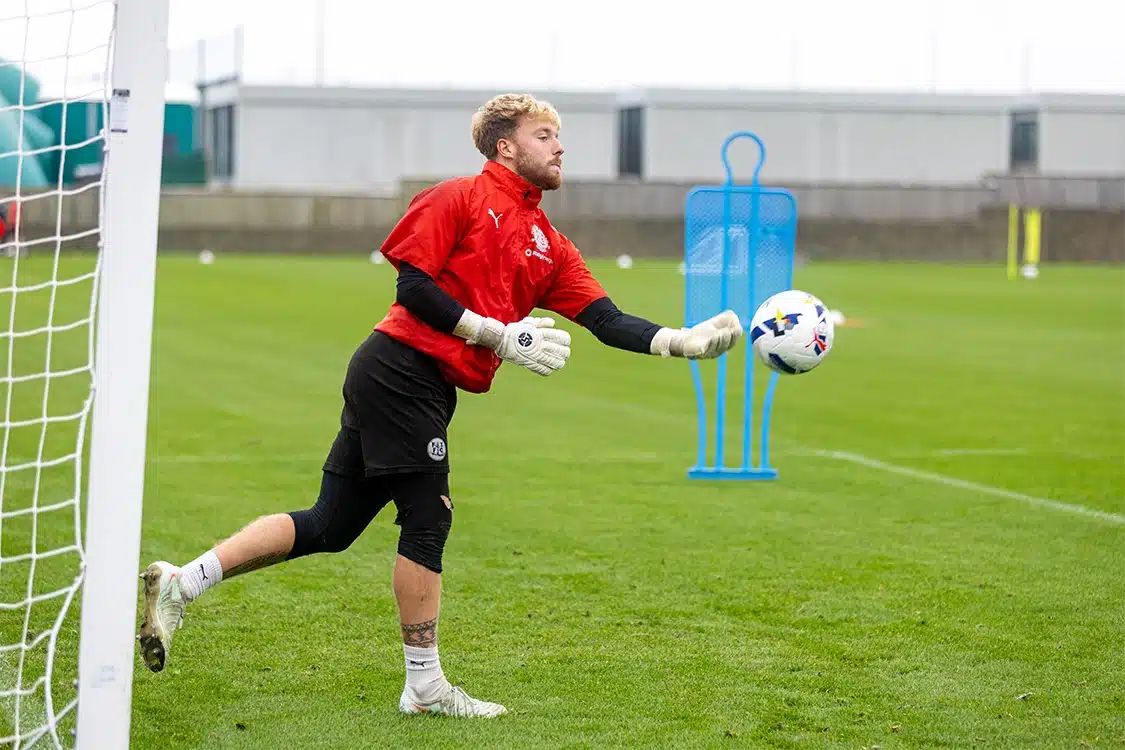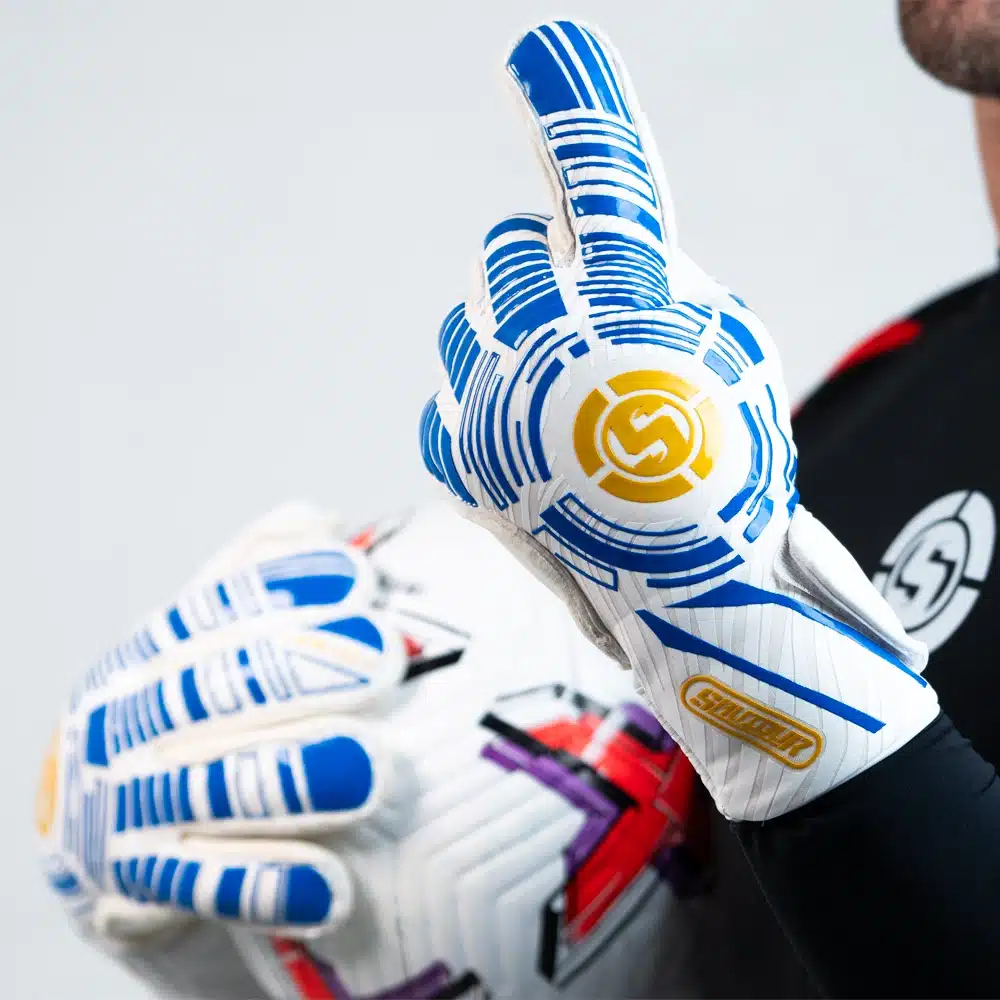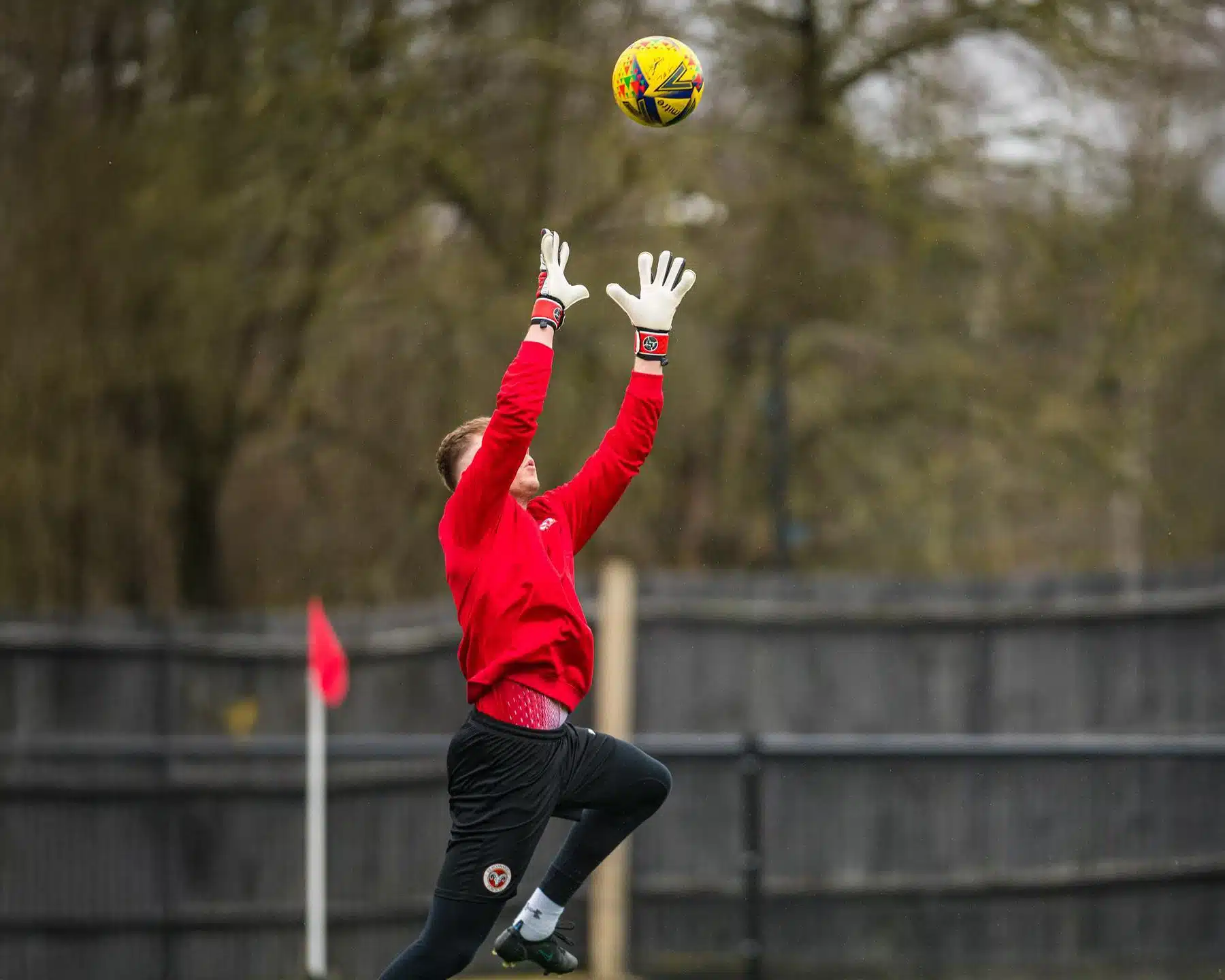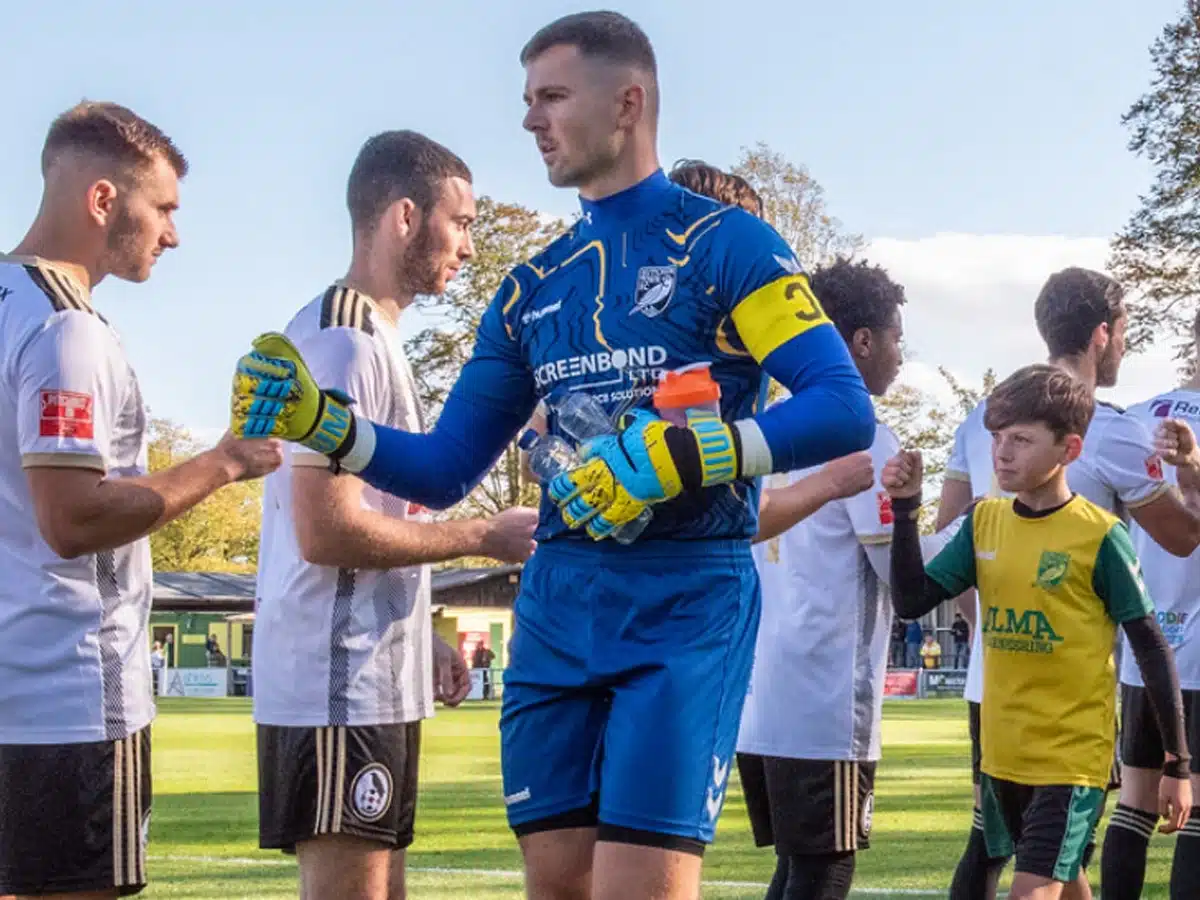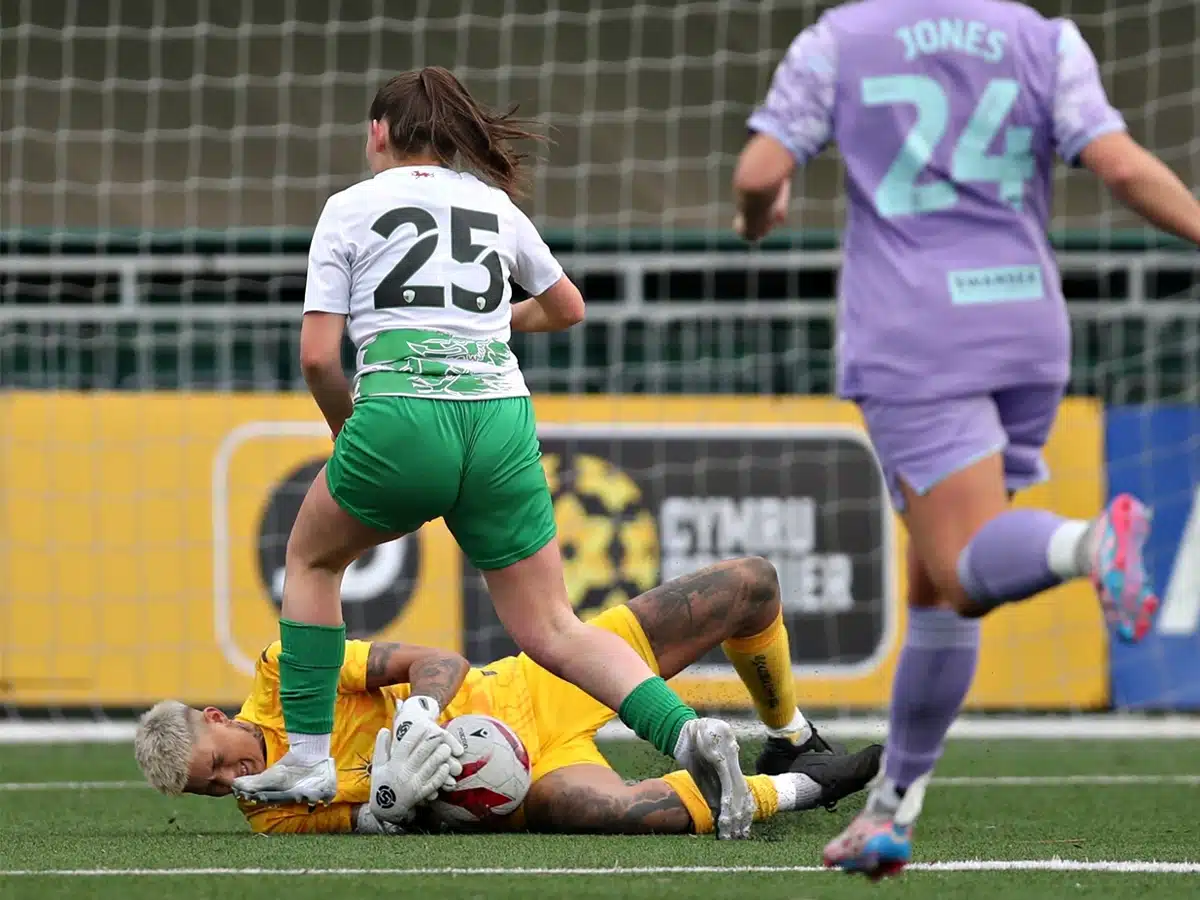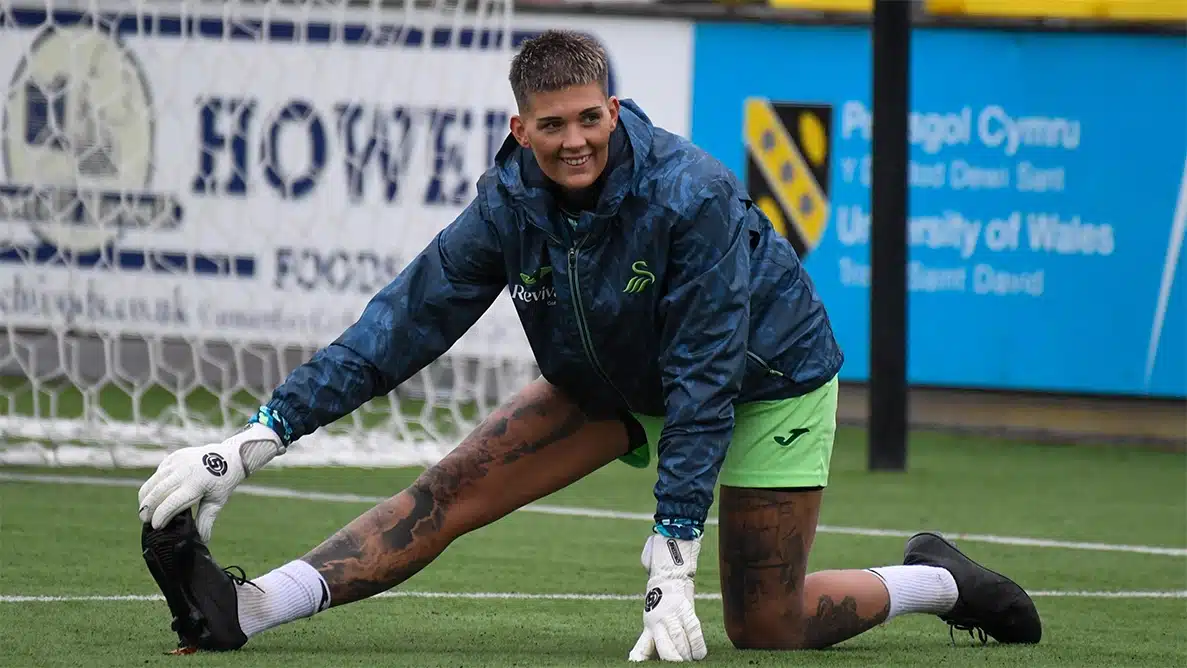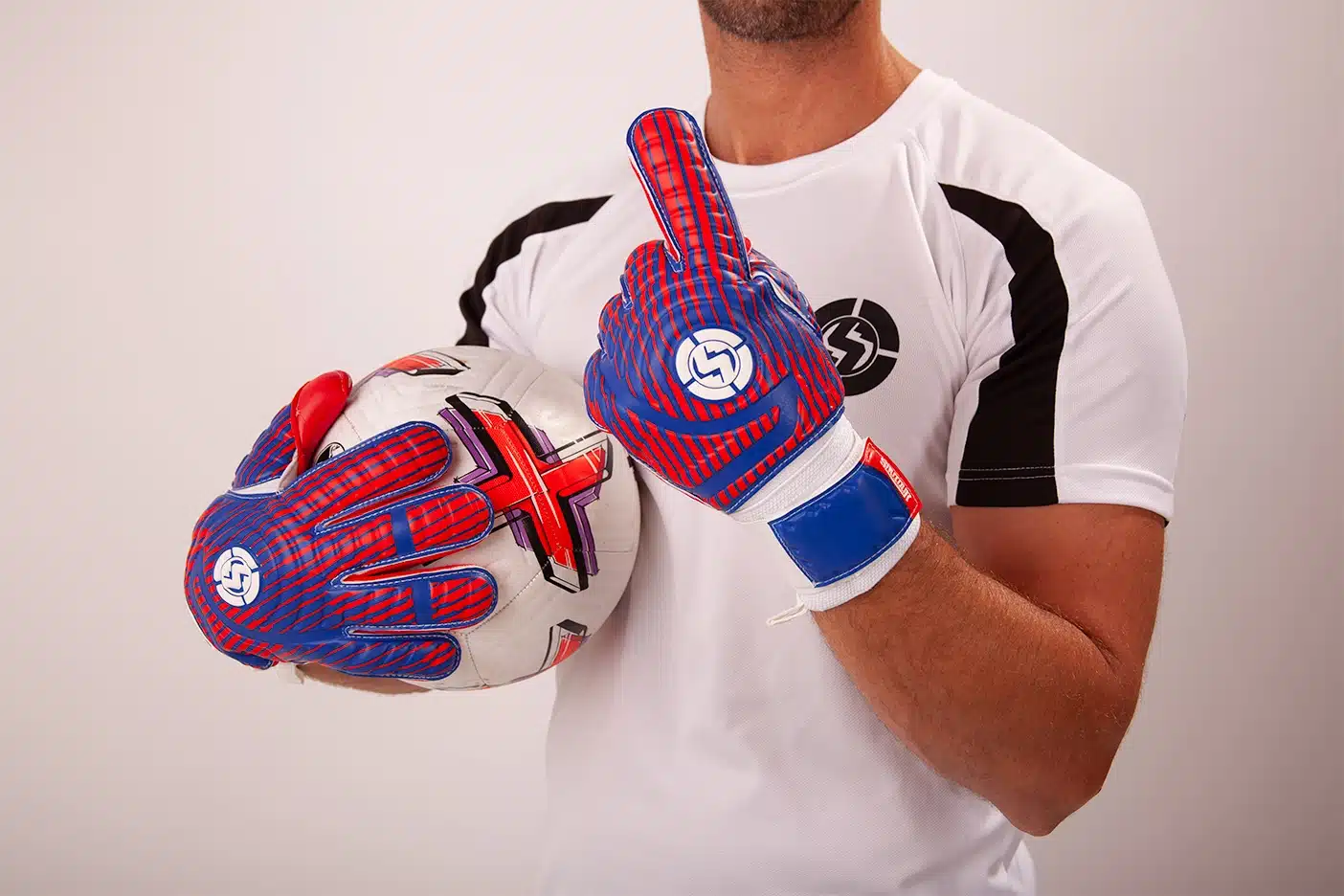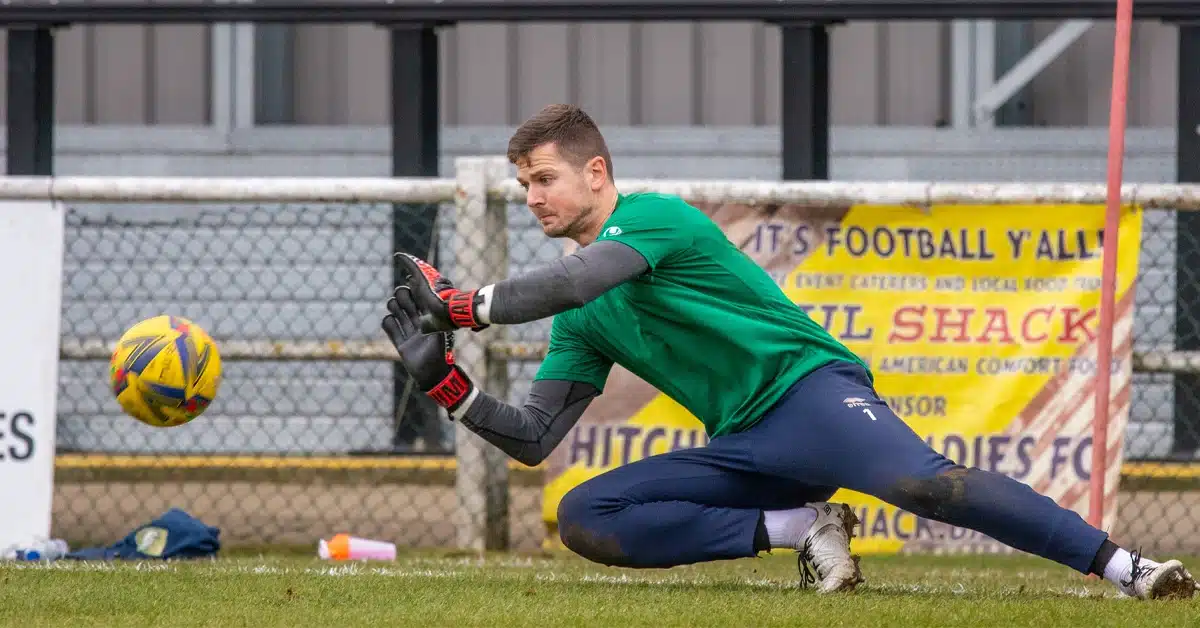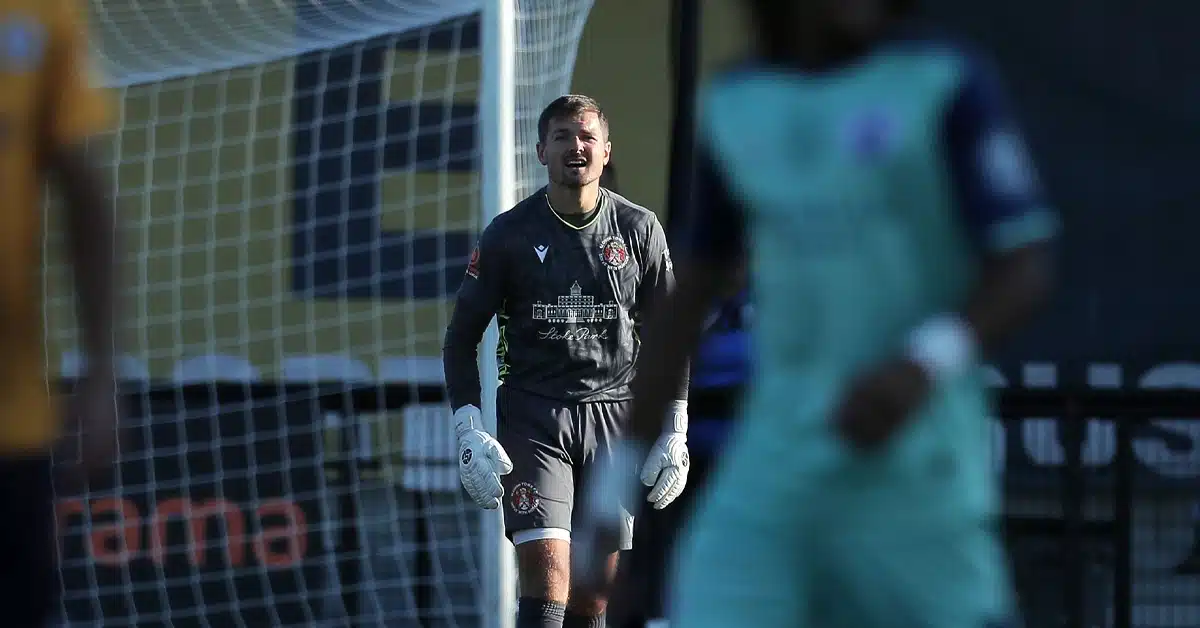Conquering the Chill: Excelling in Cold Weather Goalkeeping
As winter approaches, the role of a goalkeeper becomes increasingly challenging. Cold temperatures and harsh weather conditions not only test your physical skills but also your mental toughness and preparation. In this comprehensive guide, we dive deep into the world of cold weather goalkeeping, covering everything from selecting the right winter goalkeeper gloves to effective training techniques for braving the chill. Whether you’re a seasoned pro or an aspiring keeper, these insights will help you maintain peak performance during the winter season.
The Challenges of Cold Weather Goalkeeping
Cold weather presents a unique set of challenges for goalkeepers. The plummeting temperatures can significantly affect a player’s physical performance on the field. Muscles tend to stiffen in cold weather, reducing flexibility and increasing the risk of injuries. This makes a comprehensive and targeted warm-up routine even more essential than usual. The cold can also slow reaction times, making quick, agile movements more difficult and demanding higher levels of concentration.
Beyond the physical aspects, cold weather goalkeeping tests mental resilience. The harsh conditions can be a mental hurdle, requiring goalkeepers to maintain focus and composure despite discomfort. The cold environment may lead to a slower-paced game, demanding even greater mental vigilance to stay engaged and ready for sudden bursts of action. This mental aspect is often overlooked but is crucial for maintaining top performance in challenging weather conditions. Preparing for these physical and mental challenges is key to excelling as a goalkeeper in cold weather.
Essential Gear for Cold Weather
In cold weather, the right gear is crucial for a goalkeeper’s performance and safety. Winter goalkeeper gloves are a central piece of this gear. They should offer thermal insulation to keep hands warm, which is vital for maintaining dexterity and grip. In addition to insulation, these gloves should be made of water-resistant materials to cope with wet conditions, ensuring a firm grip on the ball in all weather situations. Another key aspect is layering clothing effectively. A moisture-wicking base layer is important to keep sweat away from the skin, topped with thermal layers for insulation. However, it’s essential to balance warmth with mobility; overly bulky clothing can hinder movement and reaction speed. The right balance of warmth, mobility, and comfort can significantly impact a goalkeeper’s ability to perform effectively in cold conditions.
Choosing the Right Winter Goalkeeper Gloves
Selecting the ideal winter goalkeeper gloves involves balancing several key features. Insulation is paramount; the gloves should have enough padding to keep the hands warm without sacrificing flexibility and feel for the ball. Look for gloves with advanced thermal linings that offer warmth while maintaining a slim profile. Grip is another critical factor, especially in wet and icy conditions. Gloves with specially designed latex palms provide superior grip, ensuring consistent performance regardless of weather. Additionally, flexibility is crucial for unimpeded hand movements and quick reactions. Some winter gloves incorporate flexible materials and ergonomic designs to enhance mobility without compromising on warmth. Considering these factors, goalkeepers can find gloves that offer the perfect blend of warmth, grip, and flexibility, essential for optimal performance in cold weather conditions.
Find The Right Pair Of Goalkeeper Gloves Here
Physical Preparation and Warm-Up Routines
Physical preparation for goalkeeping in cold weather is vital. A well-structured warm-up routine becomes even more crucial as it helps to increase blood flow to the muscles, reducing the risk of injuries caused by the cold. Dynamic stretches and agility exercises are essential to prepare the muscles for the quick, explosive movements required in goalkeeping. These exercises should focus on enhancing flexibility, coordination, and reflexes. Incorporating movements that mimic in-game actions, like diving and jumping, ensures the body is ready for the specific demands of goalkeeping. Additionally, a longer warm-up time might be necessary in colder temperatures to ensure the body is thoroughly prepared for the physical challenges of the game. This comprehensive approach to warming up not only prepares the body physically but also helps in mental readiness for the game ahead.
Goalkeeper Training Drills for Cold Weather
Training drills for goalkeepers in cold weather should focus on maintaining sharp reflexes and coordination, which can be hindered by lower temperatures. Drills that emphasize quick, reactive movements are crucial. For example, short bursts of lateral footwork followed by rapid dives or jumps can help keep reflexes sharp. Incorporating ball work with these movements, like catching or deflecting shots, can simulate match conditions. It’s also beneficial to include drills that improve hand-eye coordination under layers of winter gear, ensuring goalkeepers are comfortable and effective in their additional clothing. These drills should be designed to replicate the demands of a game, helping goalkeepers adjust to the unique challenges of playing in cold weather and maintain their agility and responsiveness.
Maintaining Your Gear in Winter
Maintaining goalkeeping gear during winter is crucial for performance and longevity. Gloves need special care; they should be cleaned and dried after each use to prevent deterioration from cold, damp conditions. Avoid direct heat sources for drying, as this can damage the material and reduce grip. For other gear like jerseys and pads, regular cleaning and proper storage are key to preserving their quality. Waterproofing treatments for gloves and boots can also be beneficial in maintaining their condition throughout the season. This careful maintenance not only extends the life of the gear but also ensures it remains effective and reliable during critical moments in cold weather games.
Learn More on How You Can Maintain Your Goalkeeper Gloves the longest with our Glove Care Guide
Nutrition and Hydration in Cold Weather
Nutrition and hydration play a pivotal role in a goalkeeper’s performance, especially in cold weather. It’s easy to overlook hydration in colder climates due to reduced sweating and thirst response, but maintaining fluid intake is crucial for optimal physical and cognitive function. A balanced diet rich in carbohydrates and proteins is vital for energy and muscle repair, especially important in the demanding role of a goalkeeper. Including seasonal fruits and vegetables can also provide essential vitamins and minerals, supporting overall health and immunity. Goalkeepers should focus on a diet that fuels their body effectively for training and matches, adapting their nutritional strategies to suit the colder conditions. This holistic approach to diet and hydration can significantly enhance performance and endurance during the winter season.
Mental Toughness and Focus
Mental toughness and focus are critical for goalkeepers, especially in the challenging conditions of winter. Cold weather can test a goalkeeper’s mental resilience, with the discomfort and slower pace of the game posing potential distractions. It’s important to develop strategies to stay mentally engaged throughout the match. Techniques like visualization, focused breathing, and setting mini-goals can help maintain concentration. Also, goalkeepers should practice adapting to varying paces of play, ensuring they are prepared for sudden changes in action. Building mental fortitude in training sessions will enhance the ability to stay alert and focused, regardless of the weather, allowing goalkeepers to perform consistently at their best.
Player Experiences and Advice
Gathering insights from professional goalkeepers who have excelled in winter conditions can be incredibly valuable. These experiences often highlight the importance of mental resilience and adaptability in cold weather. Experienced players might share how they modify their training routines, the specific challenges they face during winter games, and how they overcome them. Personal anecdotes can provide practical tips on staying warm, maintaining gear, and even mental strategies to stay focused during slower-paced games. This real-world advice not only adds depth and authenticity to the discussion but also serves as inspiration and guidance for goalkeepers at all levels looking to improve their performance in cold weather conditions.
Shop Saviour Goalkeeper Gloves Here.
Conclusion
In conclusion, mastering cold weather goalkeeping is about adapting to the unique challenges of the environment. By choosing the right winter goalkeeper gloves, engaging in tailored physical preparations, and focusing on mental resilience, goalkeepers can maintain peak performance in cold conditions. The insights and tips shared by experienced professionals further enrich this guide, offering practical, real-world advice. Remember, the winter season, with its harsh conditions, can be turned into a period of significant growth and skill enhancement for goalkeepers. Embrace these challenges with the right gear, training, and mindset to excel in cold weather goalkeeping, ensuring you’re ready to perform at your best, regardless of the temperature.


